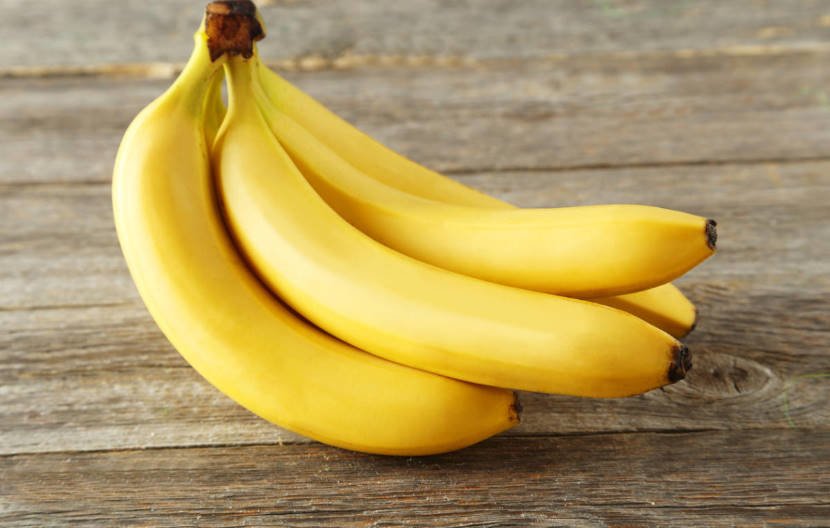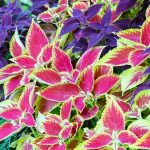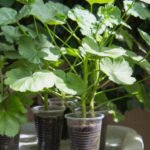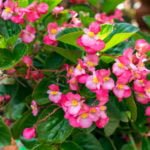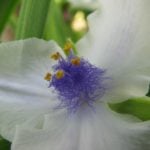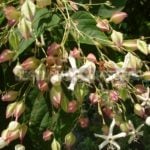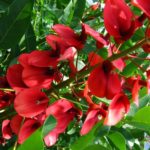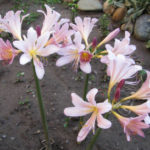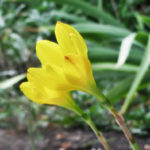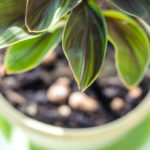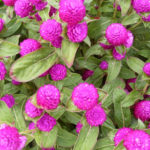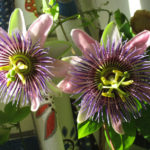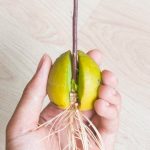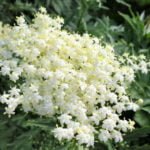April 10-banana day. Of course, this is not an official holiday. Moreover, the reason for its appearance is also unclear. You can find information that this date is associated with April 10, 1963-allegedly on this day in the capital of England, London, for the first time began to sell this exotic fruit.
However, this information does not fit into the gastronomic details of the personal life of Karl Marx, who spent the last part of his life in London, where the author of philosophical, economic and political theories moved after the German government expelled him from the country because of the revolutionary events in Germany.
It is said that Karl Marx loved these exotic fruit berries and regularly bought them, despite the high cost of bananas for “workers of all countries” in the second half of the XIX century in London.
So, most likely, banana day, if it is associated with the beginning of the banana trade in European capitals, still happened, most likely, in April 1863, and not in 1963.
Miracle berry
What do we know about bananas? Many people think that bananas grow on palm trees. The fact is that the banana is a perennial herbaceous plant. However, sometimes this grass can be very tall, for example, Musa reaches twelve feet.
A banana fruit is a berry with several seeds. Although the cultivated variety of this plant – Musa paradisiaca-has no seeds. Banana paradise is a sterile cultigen (a domesticated organism that has no direct wild ancestor), an artificially bred hybrid that reproduces only vegetatively.
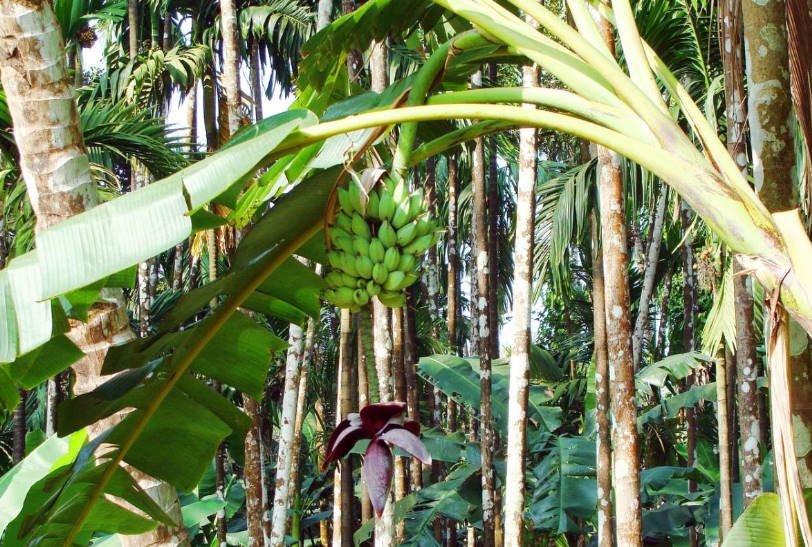
Banana-tall grass
The banana flower looks just great. The inflorescence of a banana is a brush collected in a large bud with integumentary scales-purple on the outside and red on the inside. In the lower part of the brush there are female flowers, in the middle – bisexual, in the upper – male. Berries are tied only in female flowers. The flowers are arranged in tiers and in each tier are collected in clusters of 12-20 flowers.
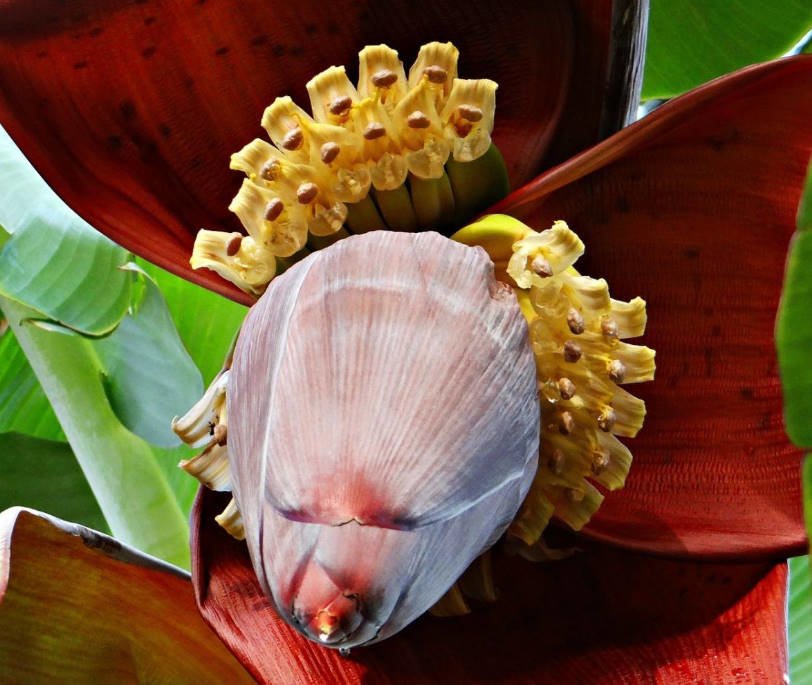
Banana flower
In countries where bananas are not considered exotic fruits, except for fruits (bananas), inflorescences are also used for food. Natives in some banana countries usually eat only the fleshy roots of the plant, considering them more delicious and nutritious than fruit.
One of the representatives of the banana family – Enseta, common in Ethiopia, is not cultivated for the sake of fruit: the highly starchy rhizomes are valuable in it. By the way, plants of the genus Enset, also called Abyssinian banana, are often grown as ornamental houseplants.
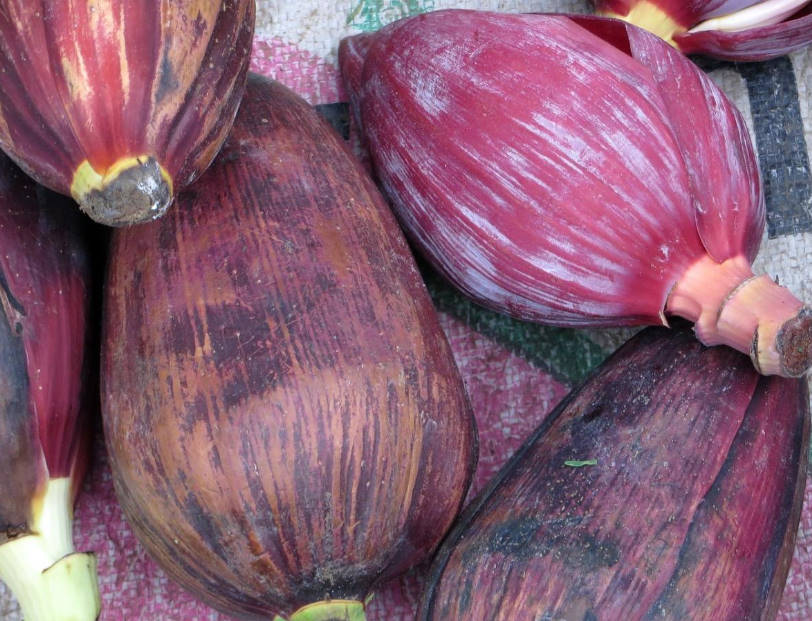
Banana inflorescence on the market
Banana flowers are pollinated by bats or birds. The familiar bananas cultivated by man, as already mentioned, are sterile. And wild banana species have a large number of seeds in their fruits-some species have up to 200 seeds in each berry, and their total weight may exceed the weight of the pulp. And the size of the banana seeds is large – from 3 to 16 mm (0.1-0.6 in).
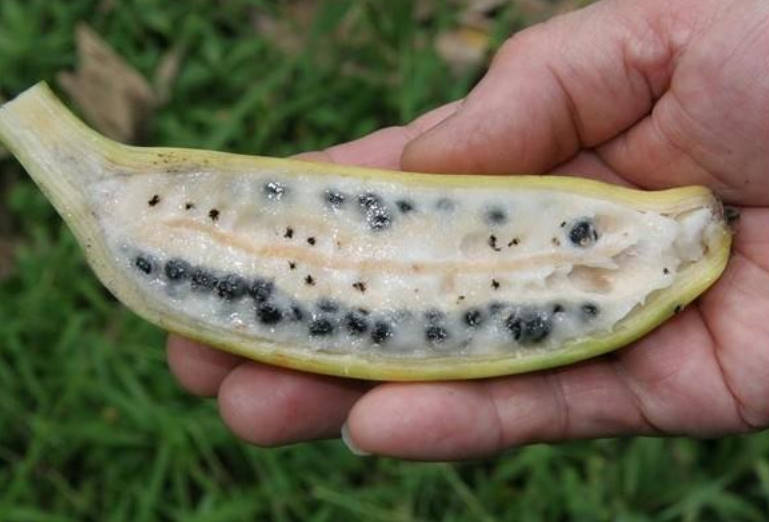
Wild banana fruits in the section
The size and shape of the banana fruit vary – not all of them have the usual shape. There are small and large, curved and straight. Some are shaped more like small melons. The smallest fruit is about 3 cm (1.2 in), the largest-up to 1.5 m (4.9 ft) in length. Bananas can have different flesh colors – from creamy white to orange. The skins are very different in color: red, yellow, green, silver-blue.
Amazing banana plant
In general, the banana is a wonderful plant. In total, there are more than a hundred species and about five hundred varieties of bananas in the world. And, perhaps, not all representatives of this plant are still known to botanists – one of the varieties was discovered quite recently, in 2012. The scope of application of this plant by man is very diverse. Most of the famous bananas are edible. In many African countries, banana fruits form the basis of the diet of the majority of the population.
Among the edible bananas, dessert and vegetable plantations are distinguished. Bananas contain more starch and less sugar. They are fried, baked, stewed. It is used as an independent dish or as a side dish to meat, fish, seafood.
In addition to eating fruits, leaves, and rhizomes of banana plants, people have long used them in a variety of areas of their lives. Banana plantations are an excellent feed for cattle. Bananas are used to make alcoholic beverages, including high-strength beer-up to 20% alcohol.
Banana leaves are traditionally used in Asian cuisine as a substrate. By the way, some farmers grow bananas exclusively for the leaves: they make ropes that practically do not rot in the water, fabric-coarse linen and light fabrics for women’s blouses. And wicker furniture, mats, bags, cardboard and filler for orthopedic mattresses. Banana leaves cover the roof, they are used as packaging material and even toilet paper.
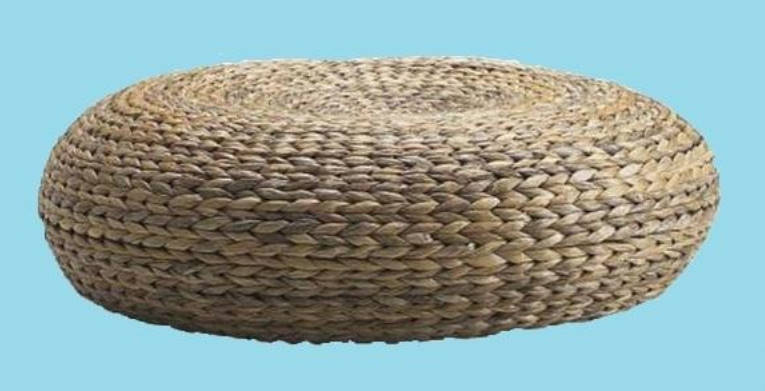
Banana Fiber Alisenda Pouf
Is banana peel good for anything? In comics, the hero usually slips by stepping on a banana peel. But of course, this is not the best way to use it. Like the pulp of a banana, banana peel is eaten-in India and Asia, there are many recipes in which the ingredient is not the pulp of a banana,but its peel.
Banana peel has become a popular component of various dishes, not because of poverty,but because it contains a large amount of tannin. Banana peel is fried and stewed, brewed as tea, used for making cocktails and cakes.
And in addition, banana peel is used for tanning and coloring the skin – all because of the same tannin. If the idea of putting a banana peel with pork for dinner or making yourself a tea from the peel seems too extravagant, there are other ways to use it.
All summer residents know that the banana peel, however, as well as the pulp itself, contains a lot of potassium. Therefore, dried and crushed skins are used as fertilizers. The inner surface of the banana peel can be eaten, as well as a cosmetic procedure-peeling plus skin nutrition. Also, the banana peel will ease the pain of burns.
The inner surface of the banana peel cleanses and restores the skin well, perfectly cleanses the silver. And you may not believe it, but banana skins are also used for smoking, they make very strong cigars with a characteristic taste.
Oh, and banana peels in Brazil are used to make ethanol, and Australian Ben Clark has developed a power plant that runs on methane from banana peels.
Banana – not only exotic
The banana is native to Africa. From there, it spread to India and East Asia, where it was first cultivated. It was later brought to South America. Today, one hundred and twenty countries of the world are engaged in banana cultivation. The main part of exports falls on Latin America-Ecuador, Costa Rica, Colombia.
Industrial cultivation of this crop began in the second half of the XIX century with the development of the refrigeration industry. Banana is a tender fruit, and it is impossible to transport it over long distances without specially equipped containers – banana carriers.
The most suitable climate for banana plantations is humid tropical: the banana grows to fruiting for a long time-up to one and a half years. It develops best at a temperature of 27 degrees (80.6°F). However, there are varieties that can withstand freezing, such as Rajapuri.
In history, there was also such a phenomenon as the cultivation of bananas in Iceland, where more than 10% of the territory is covered by glaciers. Today, the main type of vegetation on the territory of the island state in the north Atlantic Ocean is tundra, where mosses and lichens grow.
However, in the 1930s, Iceland began to try to grow bananas, and in 1945 opened its own banana plantations, which fully provided the country’s population with this exotic fruit until 1959, when the Icelandic government abolished high import duties on foreign fruits and vegetables.
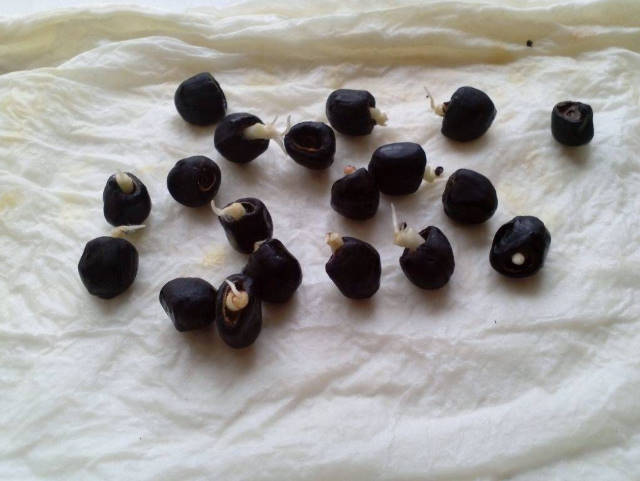
Banana seeds
Naturally, Icelandic bananas did not grow in the open ground, they were grown in greenhouses powered by geothermal energy.
If you can provide a banana plant during your winter vacation in a greenhouse with a temperature of +10 degrees (50°F)-you can afford to grow your own bananas. Moreover, it is quite easy to find banana seeds on sale today.
April 10-banana day. Let’s celebrate! And celebrate this day, if not by planting banana seeds on seedlings, then at least by cooking many delicious dishes from this favorite fruit!
